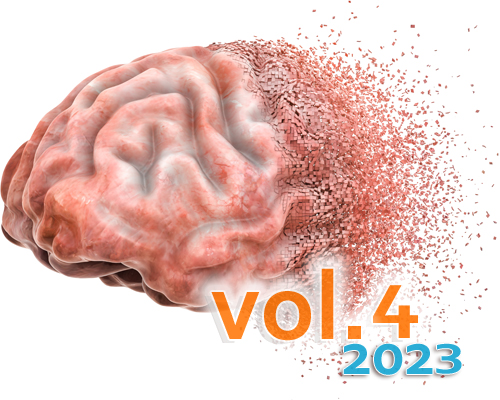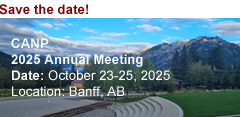Neurodevelopmental disorders: 2023 update
DOI:
https://doi.org/10.17879/freeneuropathology-2023-4701Keywords:
Centrosomes, CLIP: Caudal late interneuron progenitor, Human organoids, MCD: malformations of cortical development, Stress granules, SUDC: Sudden unexplained death in childhoodAbstract
Several advances in the field of neurodevelopmental diseases (NDDs) have been reported by 2022. Of course, NDDs comprise a diverse group of disorders, most of which with different aetiologies. However, owing to the development and consolidation of technological approaches, such as proteomics and RNA-sequencing, and to the improvement of brain organoids along with the introduction of artificial intelligence (AI) for biodata analysis, in 2022 new aetiological mechanisms for some NDDs have been proposed. Here, we present hints of some of these findings. For instance, centrioles regulate neuronal migration and could be behind the aetiology of periventricular heterotopia; also, the accumulation of misfolded proteins could explain the neurological effects in COVID-19 patients; and, autism spectrum disorders (ASD) could be the expression of altered cortical arealization. We also cover other interesting aspects as the description of a new NDD characterized by deregulation of genes involved in stress granule (SG) assemblies, or the description of a newly discovered neural progenitor that explains the different phenotypes of tumours and cortical tubers in tuberous sclerosis complex (TSC) disease; and how it is possible to decipher the aetiology of sudden unexplained death in childhood (SUDC) or improve the diagnosis of cortical malformations using formalin-fixed paraffin-embedded samples.
Metrics
Published
How to Cite
Issue
Section
License
Copyright (c) 2023 Paulina Carriba, Nicola Lorenzón, Mara Dierssen

This work is licensed under a Creative Commons Attribution 4.0 International License.
Papers are published open access under the Creative Commons BY 4.0 license. This license lets others distribute, remix, adapt, and build upon your work, even commercially, as long as they credit you for the original creation. Data included in the article are made available under the CC0 1.0 Public Domain Dedication waiver, unless otherwise stated, meaning that all copyrights are waived.



















